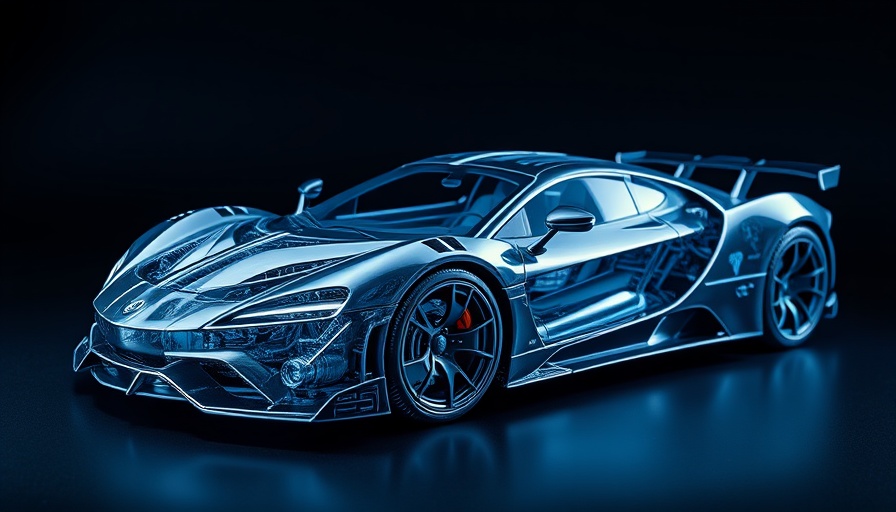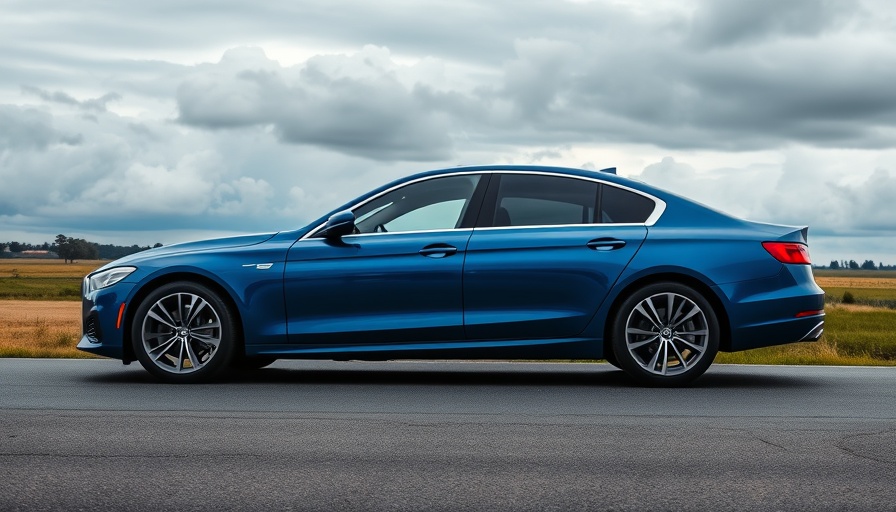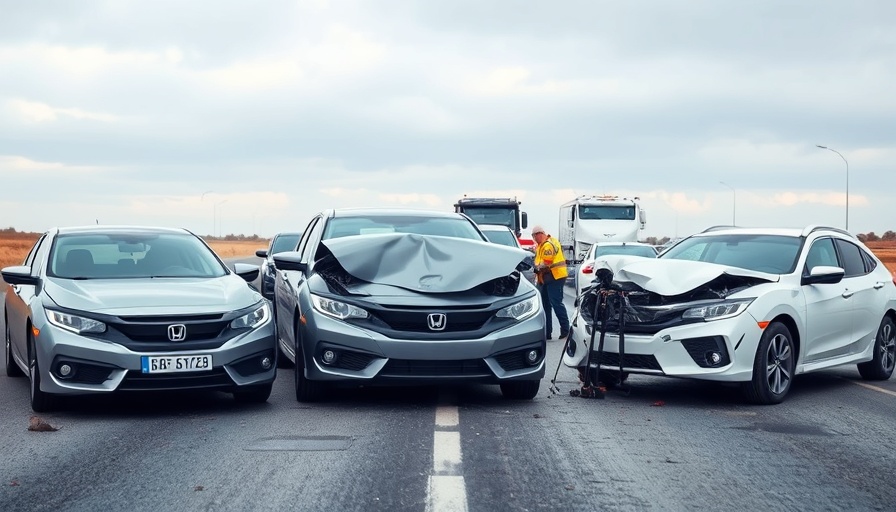
Reimagining Performance: The Bugatti Tourbillon
In a groundbreaking move for the automotive world, Bugatti has debut a new hybrid hypercar - the Tourbillon. Featured in the latest episode of their documentary series, "A New Era," now available on Bugatti's YouTube channel, this vehicle reveals an exciting blend of traditional power and modern electric technology.
The Heart of the Tourbillon: A V16 Meets Electric Power
At the core of the Tourbillon's innovative design is its unique powertrain, which marries a naturally aspirated 8.3-liter V16 engine with an advanced electric drive. This powerful combination not only enhances performance but also redefines what a hypercar is capable of achieving. Instead of replacing the V16 with electrification, Bugatti uses electric components to enable and amplify the engine's raw excitement. CEO Mate Rimac explains that this integration is what sets the Tourbillon apart: a seamless fusion of internal combustion and electric propulsion that delivers an extraordinary driving experience.
Lightweight Efficiency: Innovations in Design
Weight reduction remains a crucial aspect of hypercar design, and Bugatti has worked diligently to ensure that the Tourbillon stays below the scales while exceeding performance expectations. By utilizing advanced materials and techniques such as 3D printing for optimizing suspension components, the Tourbillon boasts improved handling and structural rigidity without compromising speed. Remarkably, the entire powertrain weighs only 430 kilograms—significantly lighter than similar setups.
Electric Components: More Than Just Support
Bugatti has taken electric technology to the next level, employing it not merely as adjunct support for the traditional V16 but as a multifunctional powerhouse. The electric motors serve various roles—actuating as starter motors, generators, and torque-fillers—which fuels rapid power delivery while eliminating the need for a traditional 12-volt system. This allows for a robust experience that maintains the emotional thrill synonymous with Bugatti while embracing the efficiency needed in modern vehicles.
Performance Beyond Expectations: The Tourbillon's All-Electric Range
An integral feature of the Tourbillon is its impressive more than 60 kilometers of all-electric range, enabled by a state-of-the-art 25kWh T-shaped battery pack. Integrated into the chassis, this not only enhances performance but provides structural advantages, marking a significant advancement in electric vehicle design.
The Future of Hypercars: A Bold Statement
The Tourbillon signifies more than just an evolution for Bugatti; it represents a luminously ambitious attempt to redefine the hypercar landscape. With the hybrid blueprint set to challenge industry norms, Bugatti is doing more than merely pivoting; they are expanding on a narrative that prioritizes the visceral thrill of driving while innovating for sustainability.
What This Means for the Automotive Industry
The implications of the Bugatti Tourbillon stretch far beyond its breathtaking performance. In an era where the largest automobile manufacturers in the world are facing pressure to adapt to cleaner technologies, Bugatti’s approach may inspire others to preserve the emotive aspects of performance vehicles while striving for efficiency. This means that the biggest car companies in the world might need to rethink their strategies moving forward.
A New Era in High-Performance Vehicles: Looking Ahead
As the automotive industry shifts from traditional combustion engines towards electrification, the Bugatti Tourbillon stands as a beacon of innovation and audacity. It not only highlights how leaders like Bugatti are reimagining performance but also outlines the opportunities for future developments in sustainability within high-end vehicles.
Understanding this journey into the future of automotive excellence is vital for enthusiasts and industry followers alike. As Bugatti proves, the future is not merely about electric versus gas; it’s about how we can harmonize both worlds for the ultimate experience.
 Add Row
Add Row  Add
Add 




Write A Comment